Tires are expensive to replace and repair, so effective tire storage is important. This guide will show you how to store tires to keep them from dry rotting or deteriorating.
Storing tires can be a frustrating task due to their size and the extra steps needed to keep them in good shape. However, you might not have a choice if you have a set of winter tires for your car. If you’re clueless of where to start, you’re not alone. Many of our storage customers don’t know how to store tires and come to use for advice.
It’s not uncommon to see tires stored outside without so much as a cover, but it’s likely these tires aren’t used on a road vehicle. If they are, their safety has been compromised in a major way. People also keep tires in garages that are exposed to big shifts in temperature. This solution is also not ideal.
Tires will degrade eventually, but there are things we can do to delay the process. Tires are sensitive to weather, sun, temperature, and time. The best way to store tires is in a dry, cool environment that will slow down the aging process. Keeping a fresh set of tires in the right conditions could add years to their life.
These tire storage tips will show you how to prevent dry rot and keep tires in excellent condition.
It’s important to remove any traces of asphalt, dirt, and brake dust from the tires before storing. However, not all soap and methods of cleaning are created equal. Products specifically marketed for cleaning tires might not be appropriate in this case. Check the label. Avoid cleaning products with petroleum and all tire dressings. These products can be corrosive if your tires will be out of service for a few months or more.
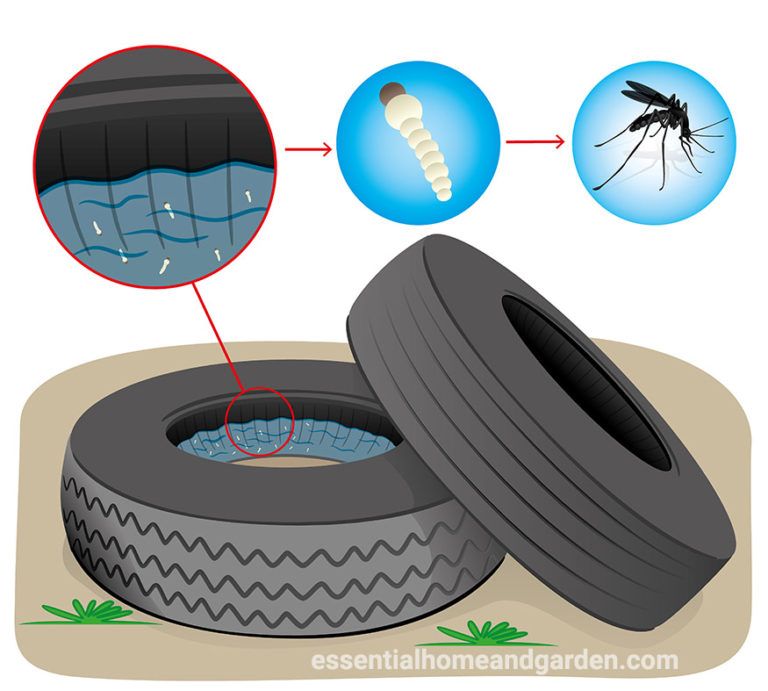
Some argue that UV rays are the biggest factor in tire aging. Direct sunlight can heat the rubber and cause premature deterioration. The UV rays penetrate the rubber, dry it out, and eventually breakdown the rubber compounds. The best way to keep tires from dry rotting is to limit sun exposure whenever possible.
Find a cool and dry environment to keep your tires. You want to locate a place where the temperature and humidity remain consistent throughout the duration.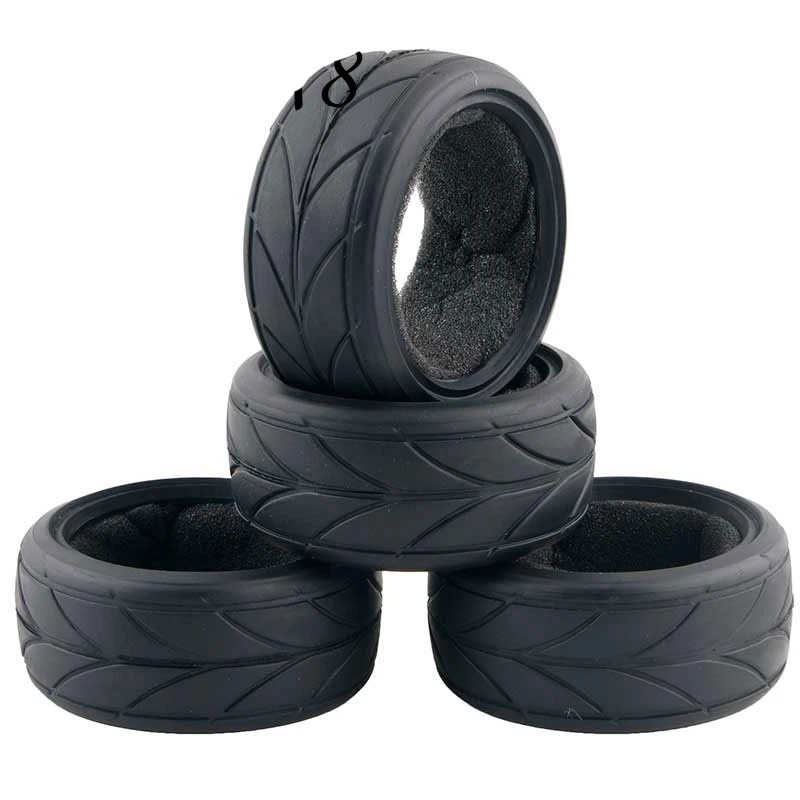 Dips or hikes in either of these can result in premature tire aging. Storing tires in a consistently warm environment is not good for the rubber, but it’s also not good to keep tires in freezing temperatures.
Dips or hikes in either of these can result in premature tire aging. Storing tires in a consistently warm environment is not good for the rubber, but it’s also not good to keep tires in freezing temperatures.
Aside from sunlight, the next leading tire deteriorator is oxygen. Some things in storage require airflow to breathe and stay in good condition. Tires, on the other hand, do better when they are vacuum sealed in plastic. An airtight space prevents oxygen from reaching the tires, slows down the oxidation process, and prevents the oil from evaporating and drying out the tires.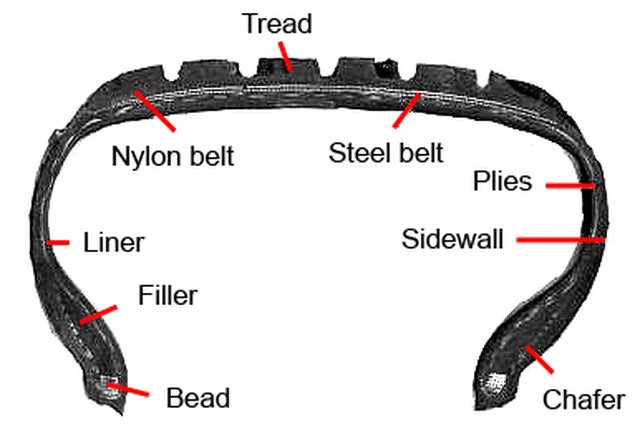 Remember to wrap each tire individually for the best results.
Remember to wrap each tire individually for the best results.
Once you have a storage location, it’s important to store tires correctly. Stacking tires or hanging them can cause deformities if they aren’t moved around every so often. However, sometimes you might be forced to stack tires horizontally due to space constraints. If possible, consider the following suggestions for how to store tires.
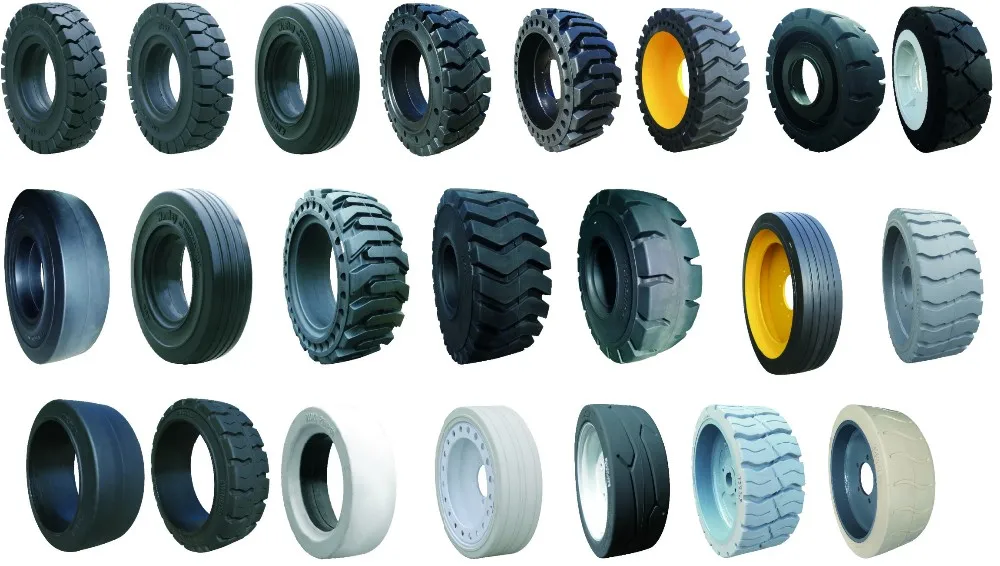
If you are storing a car for more than a couple months, consider removing the tires from the car completely. Leaving the tires on the car can cause flat spotting. If you can’t remove the tires, at the very least be sure to take the car for a ride every few months so that the tires get some use. Tires do best in service because movement keeps oil evenly distributed in the rubber, which helps prevent it from drying out.
Tires can last for several years in storage if they are stored in the right conditions. However, many tire experts recommend replacing tires six years after their production date regardless of the tread. Old tires can be compromised in other ways when the rubber compound breaks down.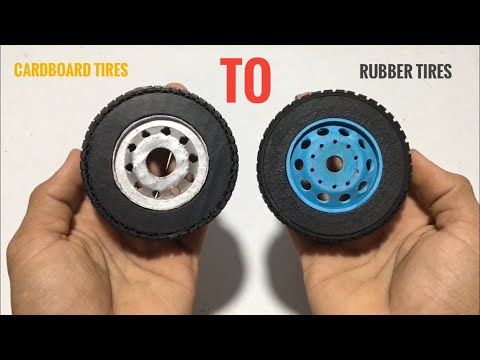
To give you another perspective, it’s like the difference between a brand new rubber band and one that’s been sitting in your desk for years. When you take your tires out of storage, make sure you look for signs of wear and check the date. If you are unfamiliar with what dry rot or crazing looks like, have a tire professional give your tires a once over.
We hope this tire storage guide taught you how to store tires with care. Make sure you keep yourself safe by following all the manufacturer recommendations and have your tires serviced at appropriate intervals.
Lauren Thomann has written about self storage and moving since 2015, making her our storage expert.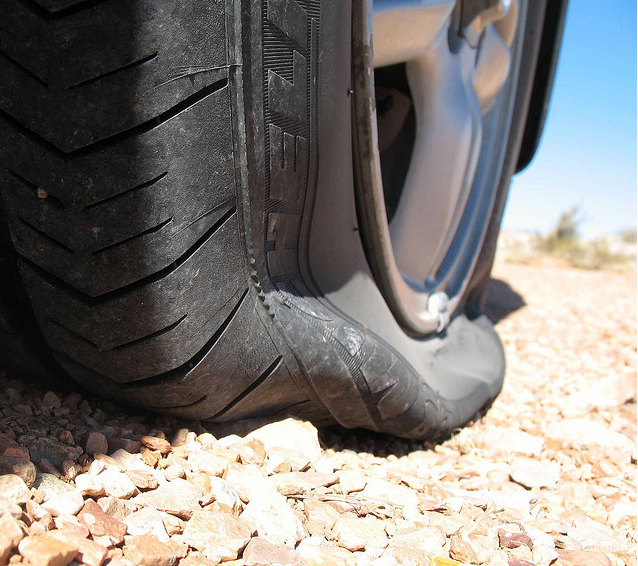 She earned a Bachelor’s degree in English and Linguistics and has published over 150 articles on moving, storage, and home organization. She is also a contributing writer at The Spruce and Martha Stewart.
She earned a Bachelor’s degree in English and Linguistics and has published over 150 articles on moving, storage, and home organization. She is also a contributing writer at The Spruce and Martha Stewart.
(972) [email protected] Bill
Home
Our Rates
About keyboard_arrow_down
Resources keyboard_arrow_down
Blog
account_circle
Bargain Storage
prevent
dry
rot
storing
tires
Dry rot is a common type of tire decay where the rubber dries out, becomes brittle, and starts cracking. Once dry rot gets beyond a certain point, the risk of tire blowout becomes so high that need to be replaced.
The main causes of dry rot in tires are exposure to certain elements that speed up the degradation and leeching out of resins that keep moisture within a tire.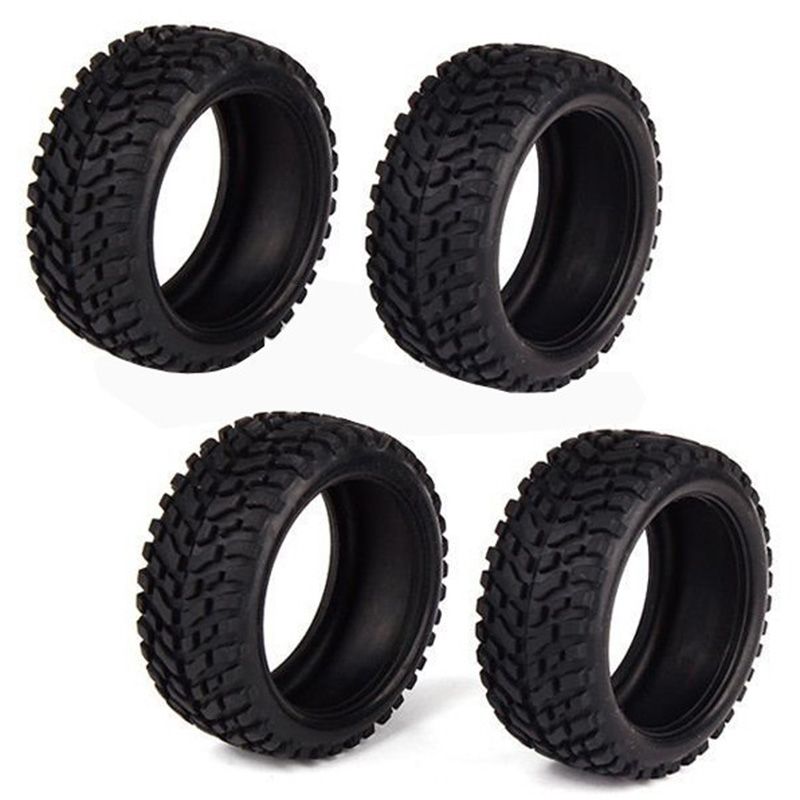 These elements include:
These elements include:
You can tell whether a tire is beginning to develop dry rot by looking out for the following signs:
Example of a dry rotted tire with cracks on the tread
Dry rot is particularly prevalent in tires that are stationary for a long period of time. This is because the moisture within a tire is maintained by resins that are activated when a tire is in motion.
While long-term vehicle storage does increase the chances of dry rot occurring in tires, there are steps that you can take to reduce the chances of your tires deteriorating in this way while in storage.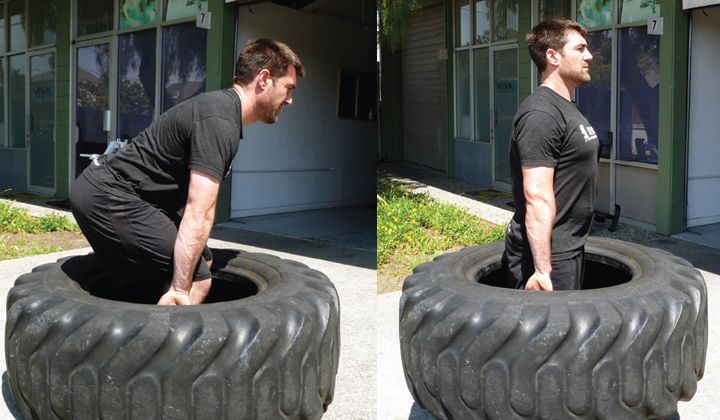
Here are these steps:
While you can buy specialist tire cleaners, we would strongly recommend not using them if you are planning to keep tires in storage. These cleaners are specially designed to be used on tires that are regularly in motion, and the petroleum in them can speed up the process of dry-rotting.
Instead, just use warm water with a small amount of detergent to clean your tires.
Older tires are more prone to developing dry rot than newer tires. This because the resins that prevent dry rot in tires naturally leech out over time, leaving them with less protection.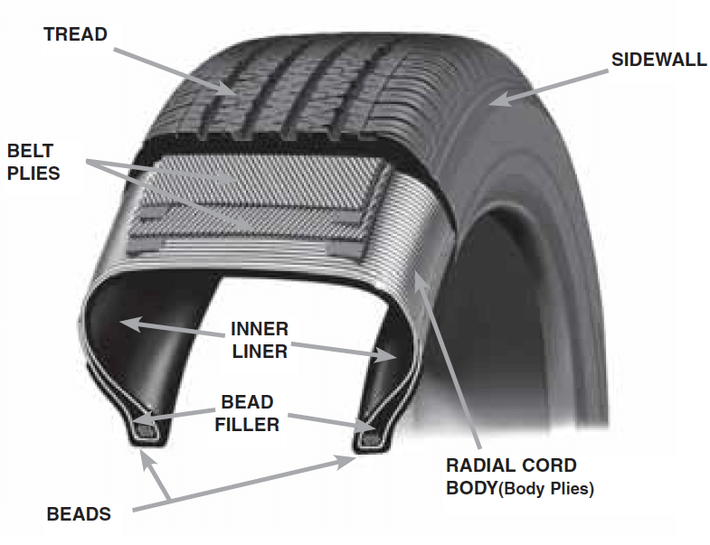
It therefore might not be the best idea to put a vehicle with tires over five years old into longer-term storage. Storage already speeds up the deterioration of tires, and it could spell the end of the lifespan of tires that reach this age.
Tires should be replaced after six years anyway, so the road-worthiness of a tire that has both five years of use and which has been in long-term storage should be assessed by a professional.
You can tell the age of a tire by looking at the final numbers on the inside layer of a tire’s sidewall. Image source: https://www.bmwofstratham.com/how-to-read-tire-size-stratham-nh/
Storing your vehicle with its older tires on with a view to replacing the tires as soon as the vehicle comes out of storage can be a smart way of completely negating the effects of any deterioration caused by such storage.
The three biggest causes of dry rot in tires are dampness, exposure to UV, and oxidisation.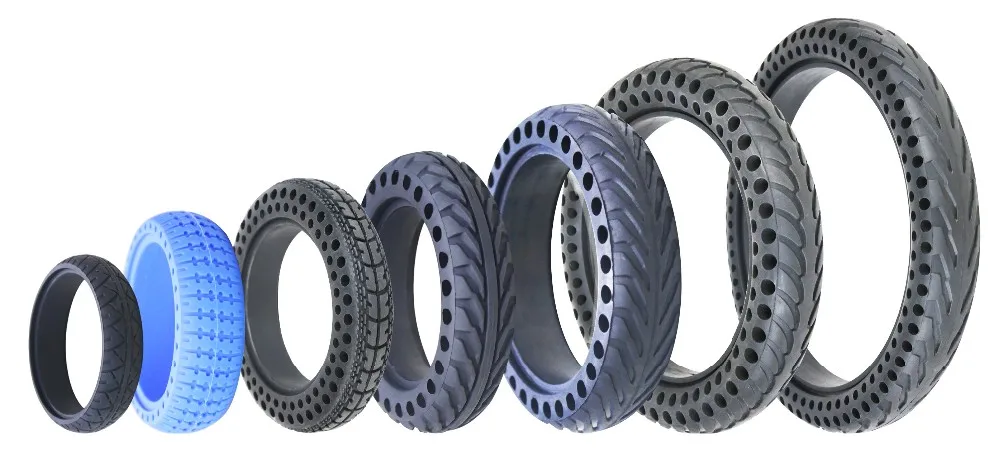 Keeping your stored vehicle and tires outside of direct sunlight is therefore imperative to reduce the chances of tires developing dry rot.
Keeping your stored vehicle and tires outside of direct sunlight is therefore imperative to reduce the chances of tires developing dry rot.
The ability to block out UV rays is one of the biggest advantages of specialized vehicle storage units over keeping your vehicle in outdoor long-term parking. If you cannot keep your vehicle out of direct sunlight, then it’s worth buying a dark car cover to physically block UV rays.
Tires can become susceptible to dry rot even if they are not on your vehicle. Here are some ways to prevent dry rot in spare and replacement tires that are kept in storage.
Dampness and oxidization bring on dry rot in tires. Therefore tires should be stored in airtight, waterproof bags. While specialized tire bags do exist, they can be expensive (often as much as $30 per bag).
Any thick plastic contractor bag should be adequate to store a tire in. If you can try to store tires in individual bags to prevent them from rubbing against each other.
If you can try to store tires in individual bags to prevent them from rubbing against each other.
Preventing dry rot in tires is all about keeping them out of environments that may expose them to heat, excessive moisture or dryness, or oxygen.
While this may involve paying a little extra for climate control storage units, this cost should be offset by avoiding maintenance or replacement costs of your tires when your vehicle comes out of storage.
linkshare
building future modifications needs
linkshare
items not for storage unit
linkshare
hiring moving packing service tips
Twice a year, motorists are faced with the issue of replacing tires, and with it the issue of storage.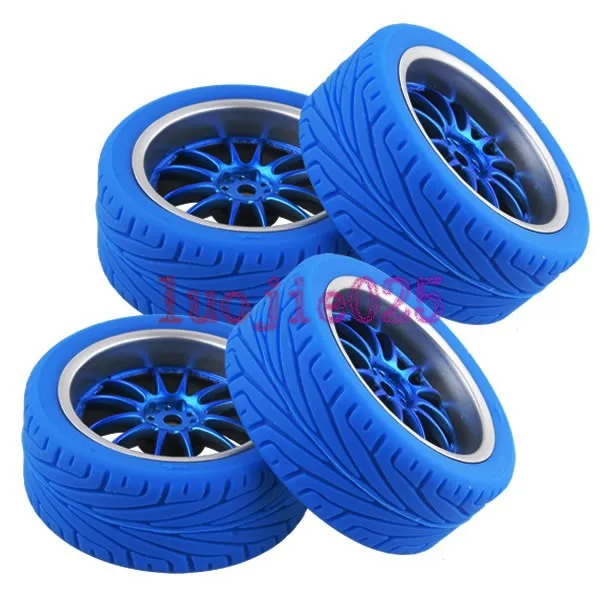 What is the best way to prepare rubber for a well-deserved rest so that it does not lose its properties, and you lose money? Are there any peculiarities in the conditions and place of "preservation" of tires without rims? Read the answers in our article.
What is the best way to prepare rubber for a well-deserved rest so that it does not lose its properties, and you lose money? Are there any peculiarities in the conditions and place of "preservation" of tires without rims? Read the answers in our article.
How to store tires without rims
Properly selected tires, corresponding to the parameters of the car and the season, provide a reliable and safe ride. So that an unused set of tires does not lose its properties, you need to know where and how to store it correctly and what exactly cannot be done.
Tire deformation from improper storage
Often, car owners make the same mistakes. Let's break them down:
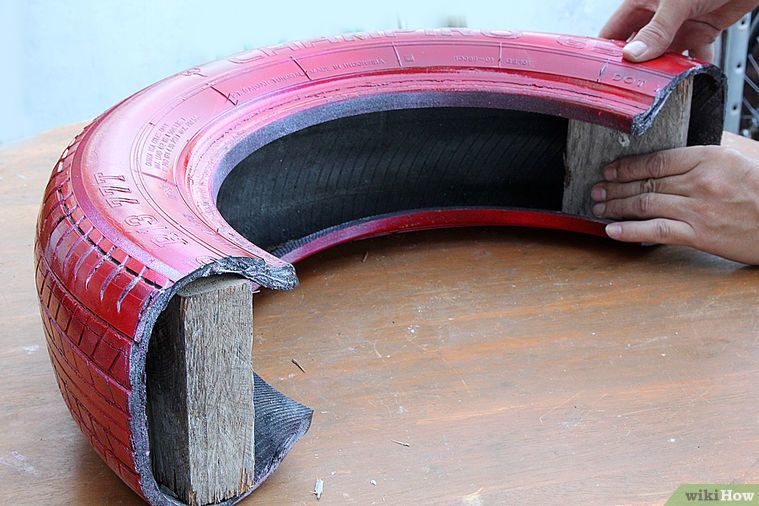
The first three points lead to deformation of the tires, the fourth - to drying out (and then to cracks), the fifth - to the appearance of rust, the sixth - to the loss of their properties. As a result, the following problems arise with the bus: nine0003
About where you leave tires without disks for storage, you should worry in advance. Car owners can be very resourceful with ideas, so let's look at good places for “preserving” tires and not so much. So, where exactly is it better not to leave tires: nine0003
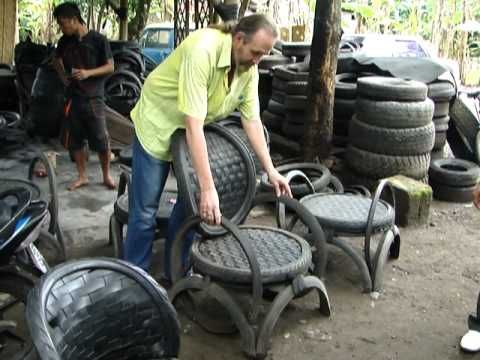
Let's talk about acceptable conditions first. It is good if it is a ventilated room where constant humidity (this is about 60%) and temperature (permissible limit +10 - +25 degrees) are maintained. And, as we wrote above, the rubber should be hidden from UV exposure. So, you can consider the following options:
Tire storage in a specialized tire center
The advantages of the first three options are obvious - they do not require financial investments.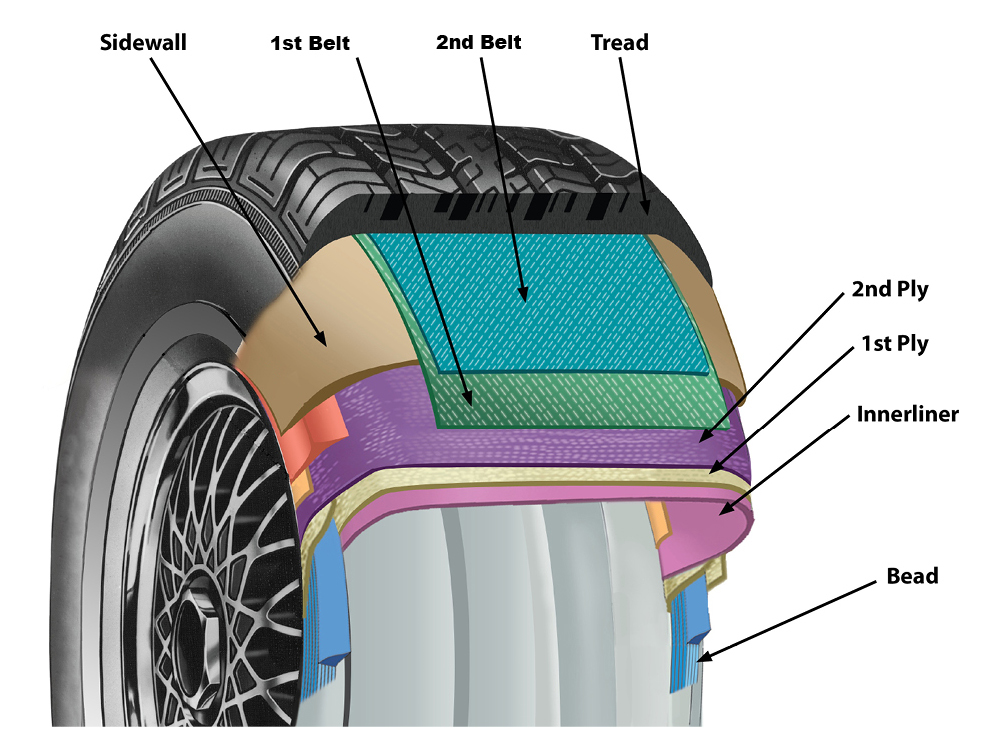 But there is also a fat minus - you will have to create and regularly monitor the necessary storage conditions yourself. In addition, rubber needs a lot of space, and sometimes you want to take it with other things. nine0003
But there is also a fat minus - you will have to create and regularly monitor the necessary storage conditions yourself. In addition, rubber needs a lot of space, and sometimes you want to take it with other things. nine0003
Having given the tires to the tire center, you can not worry about anything: the conditions for the "vacation" will be observed as required by the manufacturer's regulations. You can also clarify about the possibility of transferring the rubber for maintenance to the service center where you service the car. Most often, large technical centers provide this service for free.
To begin with, it is worth saying that the conditions for keeping a winter kit without disks will differ significantly from the conditions for a summer one. The state of the former will have to be given more time and treated more responsibly. The first thing to worry about is the temperature and the amount of humidity in the room, as well as the position of the tires and protecting them from overheating. nine0003
nine0003
Each type of tire must be stored in conditions close to operational conditions, that is, winter tires should be kept cool, and summer tires should be kept warm.
And many auto experts recommend storing a winter set of tires only on rims and thoroughly cleaning the tread from dirt before the “vacation” (they have it deeper). Such footwear must be protected from ultraviolet radiation and overheating, because driving on ice and snow requires elasticity from the rubber, and when heated, it “dubs”. Such tires are not able to provide good grip on the road. This means they are dangerous to use. nine0003
During storage, heat and ultraviolet is contraindicated for rubber
The differences between seasonal rubber from each other are manifested not only in operational data, but also in the composition that is used to manufacture the product. Summer shoes can withstand high temperatures, but despite this, you need to remember that it should be stored in a dry and dark place, at a temperature not lower than zero. And of course, remove diesel fuel and other chemical products to another room. This rule is also true for winter tires. nine0003
And of course, remove diesel fuel and other chemical products to another room. This rule is also true for winter tires. nine0003
There are also differences in the "preservation" of tires on disks and without them. Let's consider the last option in more detail. But first, about preparation.
Before sending the shoe to a well-deserved rest, it is necessary to clean it of dirt / reagents / stones and mark which wheel it is from: in two capital letters, the right front - PP, the left front - LP, etc. It would not be superfluous to carefully inspect the tires for serious damage, cuts, so that before the new season you can be sure of the possibility of further operation or prepare for possible financial expenses to replace the kit. nine0003
Finally, treat the rubber with a preservative (silicone) to protect it from aging. The choice of means should also be taken responsibly. Sometimes it can be confused with a rubber blackening spray. They include a solvent, and, as we already wrote, it is contraindicated for tires.
Tire treatment with silicone
If you decide to leave tires without discs for the “vacation”, then it is better to place them vertically. Then you can avoid losing the shape of tires and spending on buying new ones. If there is a semicircular surface - great, so you can leave it for the entire period of "rest". If not, they will have to be turned regularly (1 per month). nine0003
Forget about hooks and loops - tires without rims cannot be hung from them. Storage in this way will change the geometry of the tires in six months. Also, do not place them on ropes / corners - tires can be deformed. And the last thing - do not stack the tires in a pile, the lower ones can be deformed and you most likely will not be able to install them on the wheels again.
How to properly store tires without rims
Many car owners keep rubber in regular trash bags. Whether this should be done in general depends on the conditions in which the tires will be kept. If under optimal conditions (we wrote about this above), then the packages are not needed. If you plan to leave the tires, for example, on an unglazed balcony (under the sun), then bags can help. However, having placed a set of tires in a bag, it should not be “tightly” sealed in order to avoid the formation of moisture, and, consequently, corrosion. True, you can buy special bags made from breathable materials. They are designed specifically for tires, but they are much more expensive than conventional polyethylene. nine0003
Whether this should be done in general depends on the conditions in which the tires will be kept. If under optimal conditions (we wrote about this above), then the packages are not needed. If you plan to leave the tires, for example, on an unglazed balcony (under the sun), then bags can help. However, having placed a set of tires in a bag, it should not be “tightly” sealed in order to avoid the formation of moisture, and, consequently, corrosion. True, you can buy special bags made from breathable materials. They are designed specifically for tires, but they are much more expensive than conventional polyethylene. nine0003
Wheel covers
As you have already seen, placing tires in storage is not difficult and does not take much time. The main thing is to take care of this in advance and, with the help of our recommendations, choose the best place. If it’s easier for you to “give and forget”, then it’s better to contact a specialized tire center. Remember, with proper and timely care, tires will last much longer.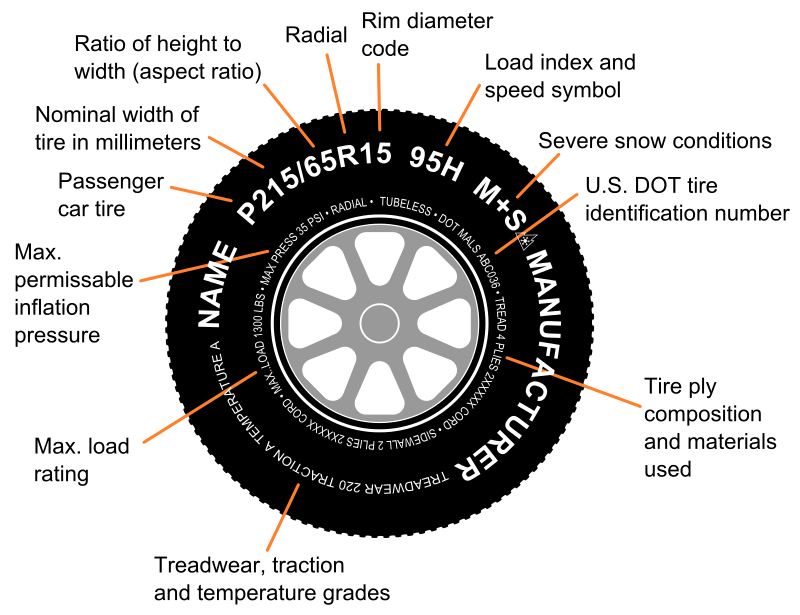
With the onset of the new season, motorists have a question - how to properly store tires? Can I store them in the garage or on the balcony? What happens if the requirements are not met? We will tell you how to handle tires removed from the car.
Tires are made of soft elastic material that is subject to deformation. In inappropriate conditions, they quickly lose their properties. If you have not learned how to properly store tires, you may experience such unpleasant consequences: nine0003
Don't risk your safety!
According to GOSTs, tires can be stored in a dry place, sheltered from precipitation, at a temperature of -30 to +40 C°. These requirements are met by garages, outbuildings, storerooms, glazed balconies and other similar premises. nine0003
These requirements are met by garages, outbuildings, storerooms, glazed balconies and other similar premises. nine0003
Interested in how to store tires in winter? The main enemies in this case will be snow and water. They can damage the tire by causing the sensitive material to warp. The same applies to discs that can be corroded. To maintain the properties of the tire in winter, good ventilation should be provided. It will be even better if you can organize heating.
If you need to know how to store wheels in the summer, then you should pay attention to bright sunlight. UV radiation is also detrimental to tires: it deteriorates their properties, causing accelerated wear. Therefore, you should buy special covers made from natural materials. In order for the tires to remain elastic and durable after the end of the summer season, you need to periodically turn them or shift them, observing all the requirements. nine0003
If you don't have space to put your wheels in your garage or on your balcony, you can take your tires to a special warehouse. The advantages of such a solution are:
Properly storing tires is not difficult, but you need to do some preliminary preparation. Each tire should be thoroughly washed from dirt - adhering soil, asphalt particles and other substances can destroy the material. During this procedure, you can carefully inspect the surface of the wheel, finding cuts, punctures and other damage on it.
It is advisable to store tires on disks - in this case, they retain their original shape better. In addition, with the onset of the new season, you will save on the services of the service center. Each tire should be pre-treated with silicone grease. Do not confuse it with a color restorer that contains a solvent! In winter, the lubricant will prevent the formation of ice: it will fill the pores of the tire and push the water out of them. In the summer season, the composition forms a protective coating that will help prevent the elastic material from drying out. nine0003
To store summer tires, it is advisable to choose heated rooms. With a strong decrease in temperature, they can “suffocate”, covered with microscopic cracks. This is fraught with rapid stratification during high-speed driving and a complete loss of control. If there is no heating, you need to put the tires in a dry closed garage or shed where snow and water do not penetrate.
If summer tires are afraid of frost and moisture, then winter tires are afraid of ultraviolet radiation. When folding them on the balcony, be sure to cover the wheels with a piece of thick cloth. But do not forget to leave a couple of holes for ventilation so that moisture does not accumulate inside. It is undesirable to store winter tires without disks: in the warm season they become very soft and easily deformed. The consequences of such damage will be unpleasant and even dangerous. nine0003
Most motorists are wondering how to store tires on rims? We have already said above that this method helps to save time and money during the off-season “changing shoes”. The ideal option for placing tires on rims is in limbo. To do this, you can install special brackets on the ceiling or in the wall. In this case, the main load is assumed by the metal rim - the soft part is not subjected to unnecessary loads. nine0003
To know how to store wheels on rims, you also need to pay attention to pressure. The optimal indicator is from 1 to 1.5 atmospheres. At a lower value, the tires are at risk of squeezing, and at a higher value, bursting. Tires on steel or light alloy rims should be lowered before storage. In a specialized center, experienced employees will take care of this, but in the garage you will have to do it yourself.
What to do if there is no space for hanging tires on the rims? In this case, you can not put them vertically - if the pressure decreases, this will lead to deformation of the frame. It is best to stack tires in a pile, like a children's toy "pyramid". In this case, the following recommendations should be observed: nine0003
It is best to stack tires in a pile, like a children's toy "pyramid". In this case, the following recommendations should be observed: nine0003
By knowing how to store your wheels on rims, you will save their properties, increase road safety and reduce your costs.
nine0003
Many car owners have to store tires without wheels, a set of which is quite expensive. In this case, you will have to follow other recommendations. If you decide to store your tires without rims in your garage, never hang them from the ceiling or stack them. In both cases, the elastic material will be constantly subjected to excessive loads. This will lead to tire deformation, which we have already discussed earlier.
How to store tires without rims? To do this, install them vertically. In the absence of discs, this situation will be the only correct one. It will evenly distribute the load on the tire carcass. If you are interested in the question of how to store wheels without discs in the ideal case, you should know that they should be rotated periodically by 30-40 degrees. If possible, you should do this once every two weeks. nine0003
To store wheels without discs in the garage, you can buy special covers. They protect the surface of the tires from friction, UV exposure and moisture. Summer and all-season tires require special care in the cold season - be sure to treat them with silicone grease and put them in a dry place.
We told how to store summer and winter tires, what requirements must be observed with and without rims. So you will significantly reduce the cost of car maintenance, as well as make your trips really comfortable and safe.